Discover 11 hidden attractions, cool sights, and unusual things to do in Usk (United Kingdom). Don't miss out on these must-see attractions: Usk Castle, Usk Bridge, and Church of St Madoc. Also, be sure to include Allt-y-Bela in your itinerary.
Below, you can find the list of the most amazing places you should visit in Usk (Wales).
Table of Contents
Usk Castle
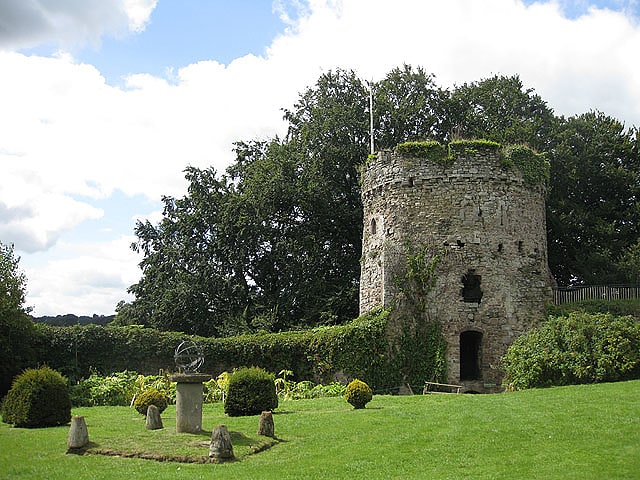
Usk Castle is a castle site in the town of Usk in central Monmouthshire, south east Wales, United Kingdom. It is a Grade I listed building as of 16 February 1953. Within the castle, and incorporating parts of its gatehouse, stands Castle House, a Grade I listed building in its own right.[1]
Address: Castle Hill, NP15 1SD Usk
Usk Bridge
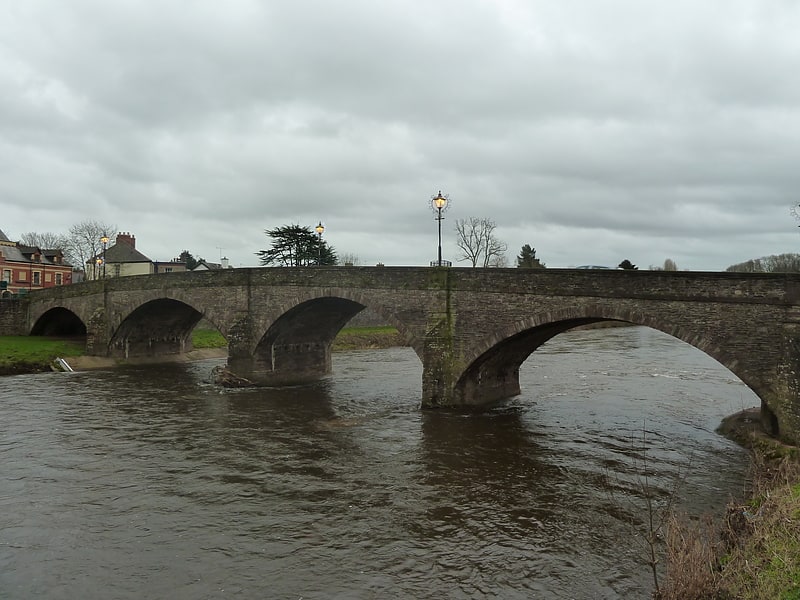
Bridge in Wales. The Usk Bridge, Usk, Monmouthshire, carries the A472 over the River Usk. It is the town's oldest crossing of the river and is a Grade II* listed structure.[2]
Church of St Madoc
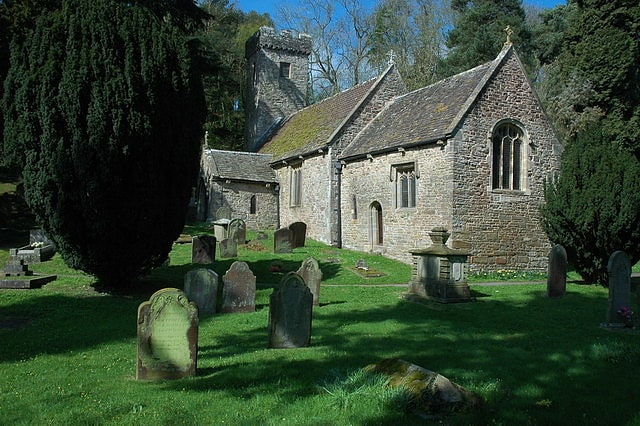
Building. The Church of St Madoc, Llanbadoc, Monmouthshire is a parish church with its origins in the 14th century. A Grade II* listed building, the church remains an active parish church.[3]
Allt-y-Bela
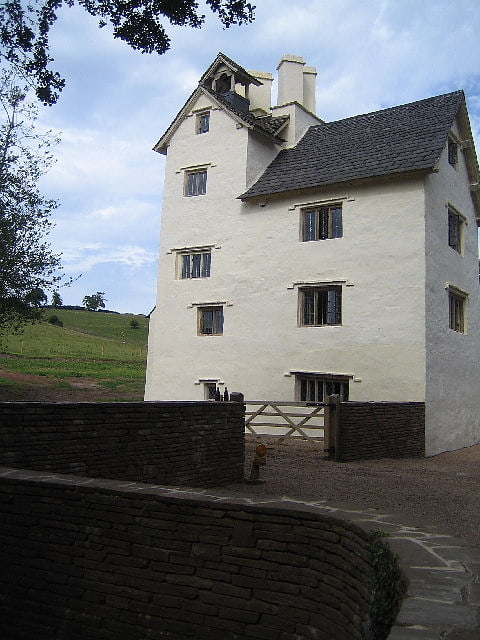
Allt-y-Bela in Llangwm, Monmouthshire, Wales, is a house of late medieval origin with additions from the sixteenth to the twenty-first centuries. During the early seventeenth century, it was owned by Roger Edwards, a wealthy Midlands merchant and the founder of Usk Grammar School. Edwards made significant alterations in the Renaissance style to the medieval cruck house. By the twentieth century, the house was in ruins until restored by the Spitalfields Historic Buildings Trust in the early twenty-first century. Now owned by the garden designer Arne Maynard, the house is a Grade II* listed building recognising its significance as an "exceptionally important sub-medieval house with ambitious early renaissance additions".[4]
Priory Church of St Mary
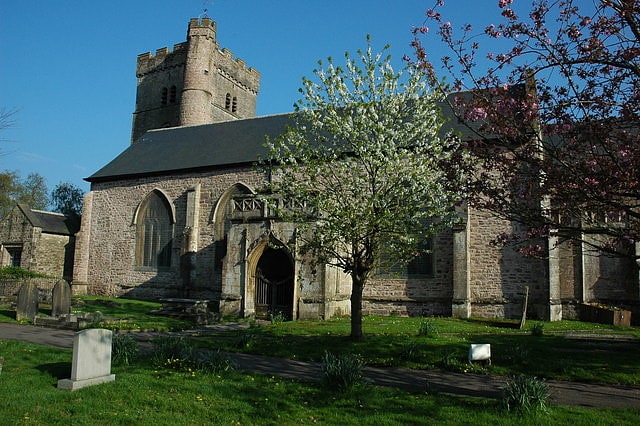
Church in Usk, Wales. The Priory Church of St Mary is the parish church of Usk, Monmouthshire, Wales. Its origin was as the church of Usk Priory, a Benedictine nunnery founded by Richard de Clare, 2nd Earl of Pembroke in the twelfth century. After the Dissolution of the Monasteries the church became the parish church of the town. Extended and restored in the middle of the nineteenth century, it was again restored in 1899–1900. The church was designated a Grade I listed building on 4 January 1974.[5]
Address: Priory Street, Usk
New Bridge
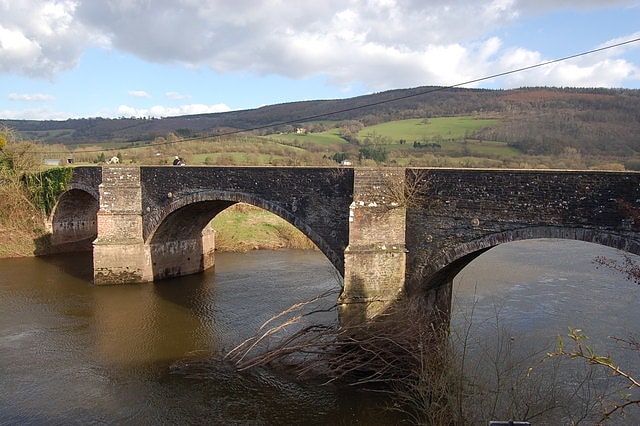
Newbridge-on-Usk. New Bridge crosses the River Usk at Newbridge-on-Usk between Usk and Caerleon. The bridge carries the B4236. It was constructed in 1779, probably by William Edwards, a prominent civil engineer of Pontypridd, or by a member of his bridge-building dynasty. The bridge has Grade II* listed building status.[6]
Address: Tyr Gwent, Raglan, Llanarth, Usk NP15 1LY, Usk
Priory Gatehouse
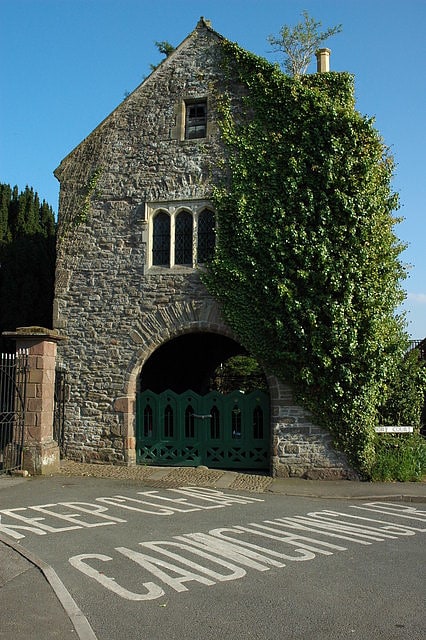
The Priory Gatehouse in Usk, Monmouthshire, Wales, is a surviving fragment of a Benedictine priory founded around 1135 and dissolved in 1536. It stands beside the main entrance to the churchyard. It is a Grade I listed building.
The gatehouse is of two storeys, with gables and wide inner and outer arches. The style of the windows suggests a "sixteenth century date, possibly even post-Dissolution".[7]
Porth-y-carn
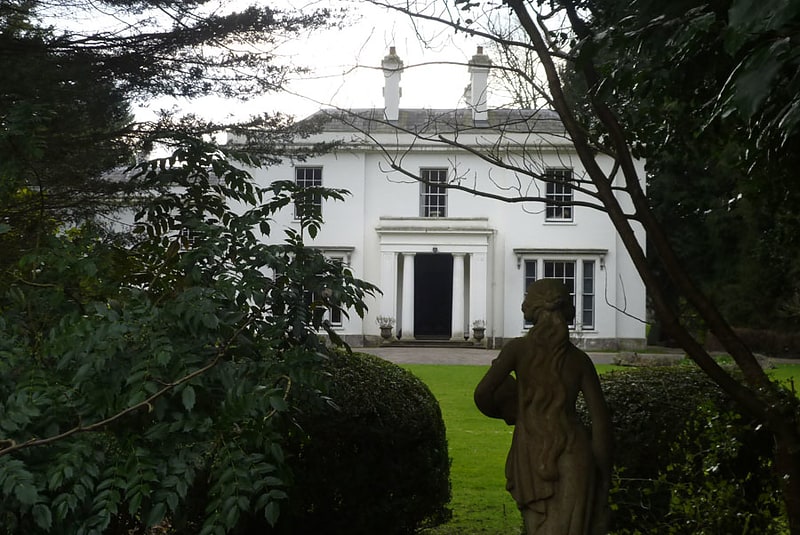
Porth-y-carn, Porthycarne Street, Usk, Monmouthshire is an early 19th-century Neoclassical villa. Built c. 1834 for Thomas Reece, the agent of the "iron king", Crawshay Bailey, it is a Grade II* listed building.[8]
Sessions House
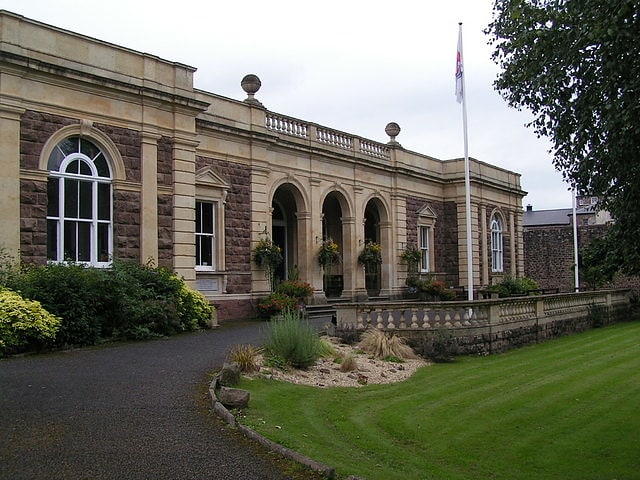
The Sessions House at Usk, Wales, is a Victorian courthouse by Thomas Henry Wyatt of 1877. The building was opened by Samuel Richard Bosanquet, of Dingestow Court, then Chairman of the Monmouthshire Quarter Sessions. It is a Grade II* listed building as of 4 January 1974.
The court is of mauve sandstone with dressings of Bath stone. It is of five bays, with a cornice, parapet and balustraded terrace. It originally contained two courtrooms but Court Number 1 was gutted by fire in 1944 and was not re-built. Court Number 2 "survives little altered." "There is an impressive judge’s chair and the benches retain their original labels for Counsel, Solicitors, Reporters, Jury etc." A passage under the dock leads through to Usk Prison which stands next door.
The Sessions House saw two major nineteenth century trials: those of Margaret Mackworth, 2nd Viscountess Rhondda, a prominent suffragette; and of Josef Garcia, a Spanish seaman, who was tried and convicted of the murder of William and Elizabeth Watkins of Llangybi and of their three youngest children Charlotte, Alice and Frederick in 1878.
The building was purchased by Usk Town Council to mark the Millennium, and it is now used as the town hall and for community use.[9]
Olde Malsters
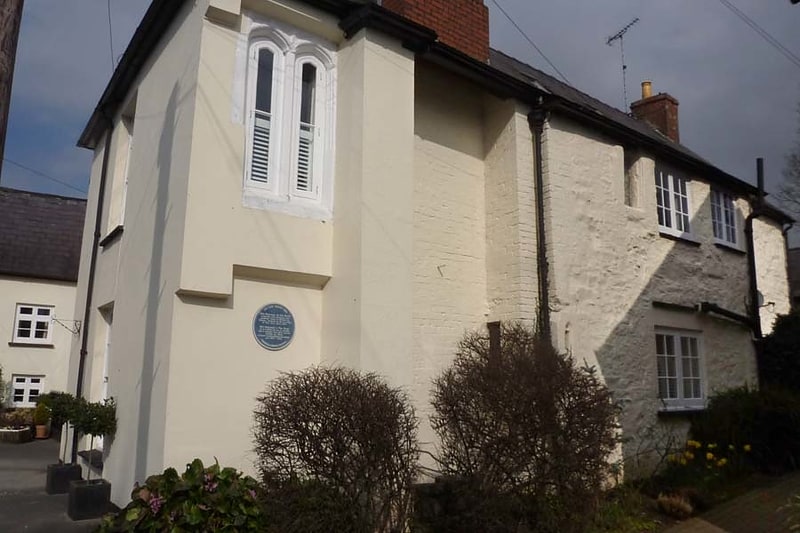
Olde Malsters, 11 New Market Street, Usk, Monmouthshire is a remnant of a large house of late medieval origins. The existing building comprises the cross-wing and a passage from the original townhouse. It is a Grade II* listed building.[10]
Ynys Hafod
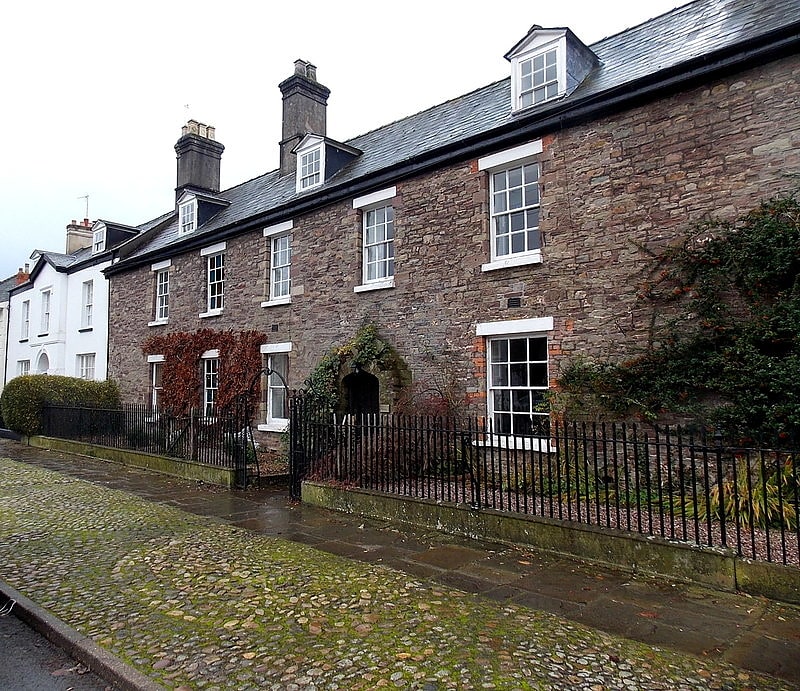
Ynys Hafod, Henllys and Min Yr Afon, New Market Street, Usk, Monmouthshire, are three houses forming a continuous range in the centre of the town. Each house is a Grade II* listed building.[11]